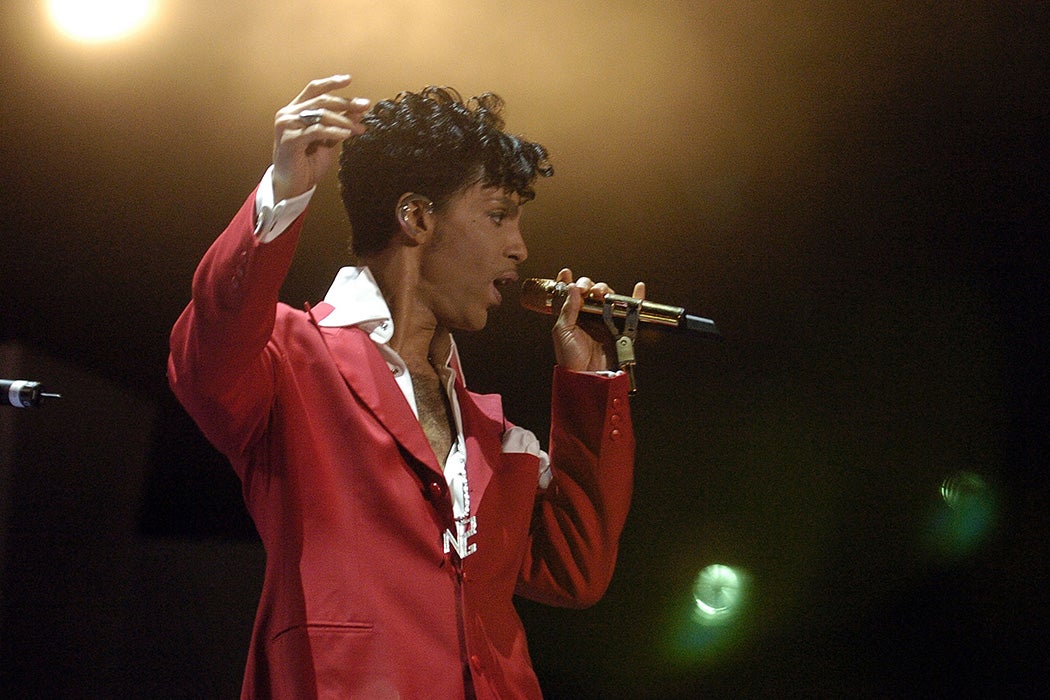Recently, we’ve seen new albums from Prince and a newly published novel by Richard Wright. Of course, releasing or completing work after the death of the creator isn’t a new phenomenon. But are posthumous releases a true reflection of their creator’s intent? They may be unfinished, never meant for wide release, or completed by someone else. That work is then attributed to the deceased, but should it be? Philosophers Sondra Bacharach and Deborah Tollefsen explore that question, and the answer is a resounding: it’s complicated.
Scholars already acknowledge that nothing is truly created alone. As Bacharach and Tollefsen explain, “art historians increasingly strive to recognize the impact of even so-called minor artists who may have worked in someone’s workshop or studio, [and] literary scholars make lengthy studies of unseen and often overlooked editorial contributions that frequently change a literary work’s essential character, plot, or tone.”
But that idea of collaboration gets tricky when one of the collaborators isn’t actively participating. While the authors believe that, in most cases, posthumous work can be done without appropriation and with care, others view it quite differently. One may see the completed work as something wholly new. Under this theory, Bacharach and Tollefsen write, there is “an incomplete work and one complete work, which contains the incomplete work as a source material.”
Of course, some works are nearly complete when the artist dies, and the work requires very little to be put out into the marketplace. But “nearly complete” doesn’t mean that the creator intended it to actually be in the marketplace. There is an argument that no matter what, the work will always remain, in some way, unfinished: even if someone who knows the artist’s work intimately completes it, the original creator might not have consented to its release.
Weekly Newsletter
What’s more, as Bacharach and Tollefsen note, “editors, literary executors, family members, and so on regularly aim to bring to fruition the work of the dead.” While the authors acknowledge the argument that this sort of speaking on behalf of the dead is exactly the problem, they argue that this reasoning alone doesn’t present “enough evidence to suggest that our ordinary practices are wrong.” This ordinary practice, known as secondary agency, is used liberally in the art world—from ghostwriters to crews assisting artists in large-scale exhibitions—and the authors argue that “posthumously completed works are merely a special case of secondary agency.”
And though Bacharach and Tollefsen don’t grapple with the additional complications and ethical concerns that AI or holograms singing the hits of years past have added to the debate, they recognize that posthumous work is always going to present thorny questions: “The issue of what a completer must do in order to act on behalf of an artist is complex and varies depending on the context and the work.”







